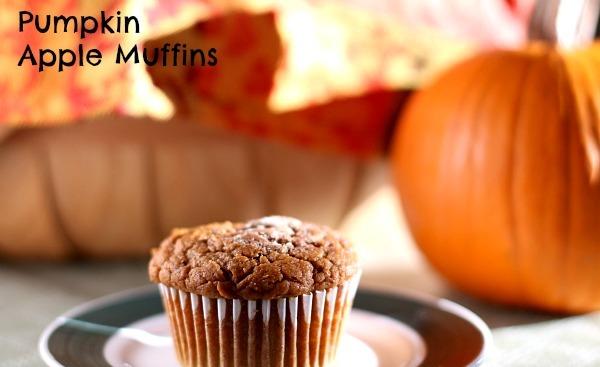All About Pumpkins
Few things say fall better than pumpkins. Whether you use them to cook, decorate or carve, chances are a pumpkin in some form or fashion will be a part of your seasonal celebrations. In fact, 80 percent of the U.S. pumpkin supply is available in October.
Here are some interesting facts about the season’s favorite gourd.
• Pumpkins originated in Central America and get their name from the Greek word pepon, which means large melon. Pumpkins are in the same family with cucumbers, squash, zucchini and melons.
• For centuries, pumpkins have been referenced in literature and film. References to pumpkins are in The Legend of Sleepy Hollow, Cinderella, the nursery rhyme Peter, Peter, Pumpkin Eater and Shakespeare’s Merry Wives of Windsor.
• Native Americans dried strips of pumpkins and wove them into mats and roasted long strips of pumpkins to eat. They also used the seeds for food and medicine.
• Colonial Americans used pumpkins as an ingredient in piecrusts, instead of the filling. They also developed the concept of pumpkin pie when they removed the top of a pumpkin, cleaned out the seeds and filled the inside with milk, spices and honey. It was then baked in hot ashes.
• Pumpkins were once recommended for removing freckles and curing snakebites.
Not only are foods containing pumpkin tasty, but pumpkin is very healthy for you.
Pumpkins, like other dark yellow and orange vegetables, are good sources of both alpha and beta carotene, which act as antioxidants. Inside the body, these carotenoids are converted into vitamin A. Beta carotene has long been connected to improved eye health, a strong immune system and healthy skin and mucous membranes. Pumpkins also contain alpha carotene, which stops the growth of certain cancers by preventing the cancerous cells from dividing and overtaking the body.
The carotenoids found in dark yellow and orange vegetables have also been linked to improved heart health. Studies have shown that men with high cholesterol who ate a high amount of these vegetables lowered their chances of a heart attack and dying from a heart-related illness compared to men who did not.
It’s easy to add pumpkin to your diet, especially during this time of the year. In addition to the tried-and-true uses of pumpkins, it can also be an ingredient in soups, smoothies and breads.
You can try it for breakfast as in the Plate It Up! Kentucky Proud recipe below.
Pumpkin Apple Muffins
Ingredients:
1 ¼ cups all-purpose flour
1 ¼ cups whole-wheat flour
1 ¼ teaspoons baking soda
½ teaspoon salt
1 ½ teaspoons ground cinnamon
½ teaspoon ground ginger
½ teaspoon ground nutmeg
1 ¼ cups honey
2 large eggs
1 ½ cups fresh pureed pumpkin
½ cup canola oil
2 cups Granny Smith apples, finely chopped
Directions: Preheat oven to 325 degrees F. In a large bowl, combine flours, baking soda, salt and spices. In a small bowl, combine honey, eggs, pumpkin and oil; stir into dry ingredients just until moistened. Fold in apples. Fill greased or paper-lined muffin cups, two-thirds full. Bake for 25 to 30 minutes or until muffins test done. Cool for 10 minutes before removing from pan.
Note: You can substitute two cups granulated sugar for honey, but you should decrease baking soda by ¼ teaspoon and increase oven temperature to 350 degrees F.
Yield: 18 muffins
Nutritional analysis: 200 calories, 7 g fat, 0.5 g saturated fat, 35 mg cholesterol, 160 mg sodium, 35 g carbohydrate, 2 g fiber, 20 g sugar, 3 g protein.
By: Tracy M. Cowles, Extension Agent for Family and Consumer Sciences
Source: Ingrid Adams, Associate Extension Professor, Debbie Clouthier, Extension Associate, and University of Illinois
For more information, contact the Butler Cooperative Extension Service at 112 E GL Smith Street, Morgantown or call 270-526-3767.
Educational programs of the Kentucky Cooperative Extension Service serve all people regardless of race, color, age, sex, religion, disability, or national origin.
- Log in to post comments



























